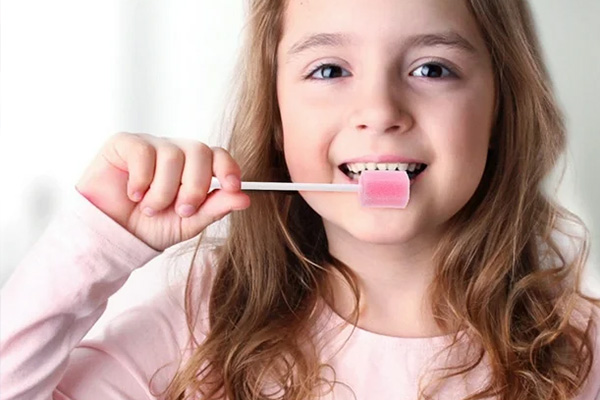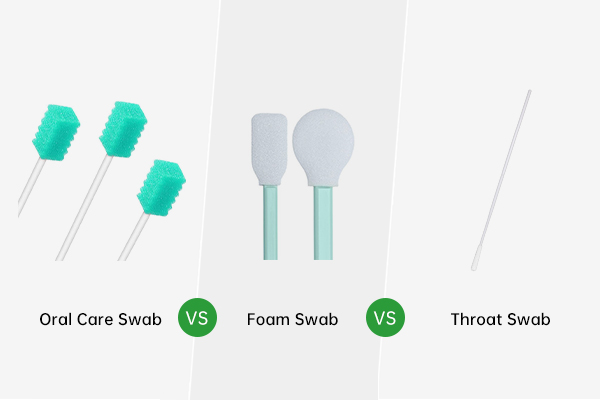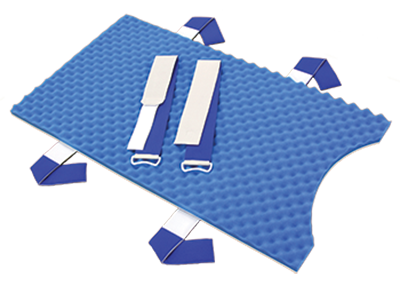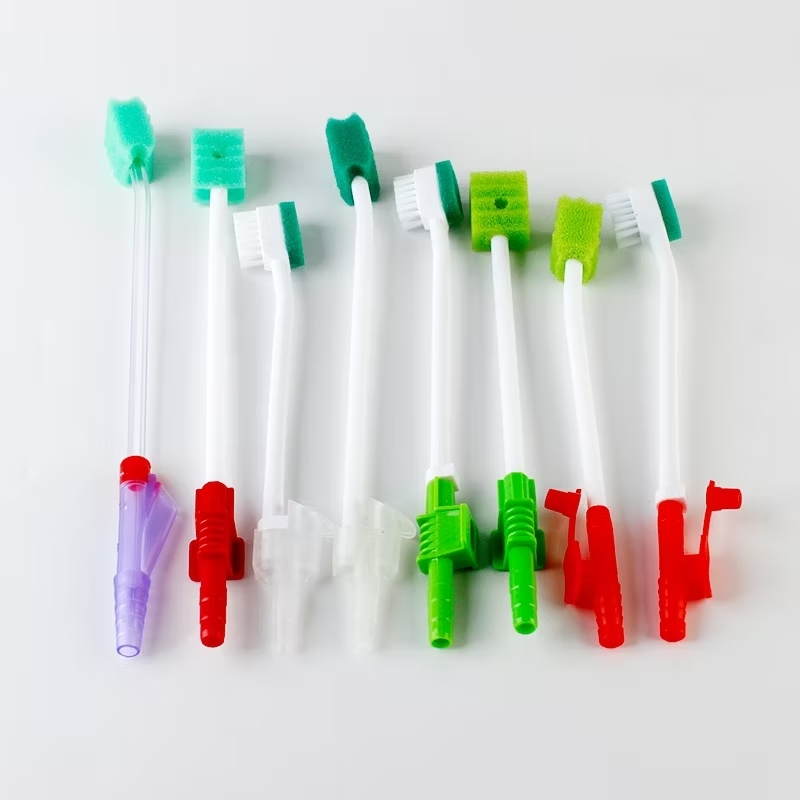Oral stimulation is vital in pediatric neurorehabilitation, aiding feeding, swallowing, and oral hygiene challenges. Oral care swabs effectively stimulate the oral cavity, enhancing sensory and motor functions while improving oral health. This guide explains their use, benefits, and integration into rehabilitation routines.
The Importance of Oral Stimulation in Paediatric Neuro Rehabilitation
Oral stimulation refers to activities that involve gentle tactile or sensory input to the mouth and surrounding areas. For children with neurological conditions, the act of oral stimulation helps in several ways:
a. Sensory Integration and Development
Many children with neurodevelopmental delays or brain injuries have sensory processing difficulties. Oral stimulation can help improve the child’s awareness of their oral cavity, tongue, and facial muscles, contributing to better sensory integration. This heightened awareness is essential for feeding, swallowing, and communication.
b. Motor Skill Development
For children recovering from neurological impairments, such as brain injuries or strokes, oral motor skills may be weakened. The chewing, sucking, and swallowing muscles can be strengthened with regular oral stimulation. These motor skills are necessary for speech development as well as feeding.
c. Salivation and Oral Health
Oral stimulation encourages salivation, which is important for maintaining oral health. Increased saliva production helps keep the mouth moist and aids in the prevention of oral infections, dry mouth, and dental issues. In some cases, it can also assist in preventing aspiration or choking by improving swallowing reflexes.
d. Facilitating Communication
In children with neurological conditions affecting their speech and communication skills, oral stimulation plays a role in enhancing mouth movement. Gentle oral exercises can assist in muscle tone and coordination, which are crucial for forming words, articulating sounds, and improving communication.
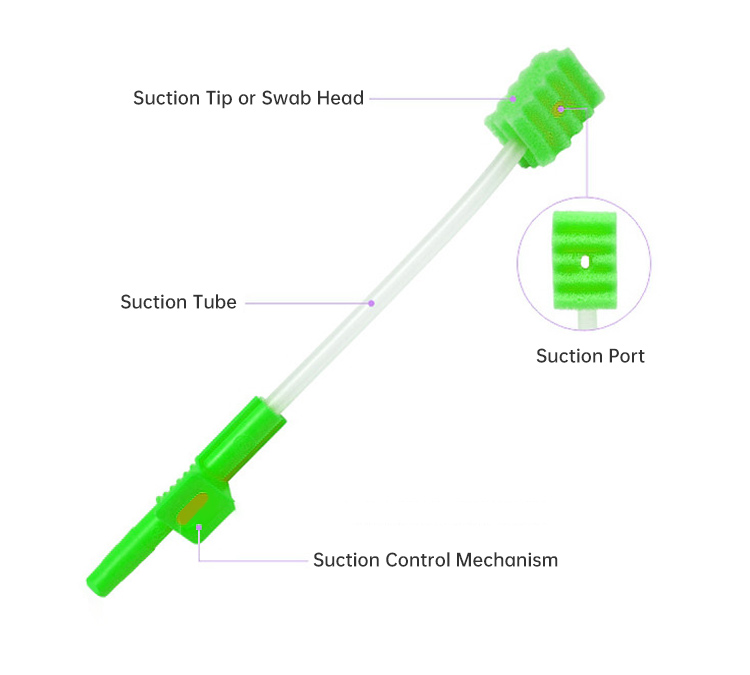
The Role of the Oral Swab in Paediatric Neuro Rehab
Mouth care sponges are soft, usually disposable tools designed for cleaning the mouth, teeth, and gums. In a neuro-rehab context, they are used not only for hygiene purposes but also to stimulate sensory and motor function in the oral region. Oral care swabs are particularly effective for children who have difficulty with traditional brushing, cannot tolerate a toothbrush, or are still learning to manage oral motor functions.
The design of an oral swab typically includes:
- A soft foam or cotton head that is gentle on the gums, teeth, and sensitive oral tissues.
- A flexible handle that allows caregivers to have better control during use.
- Variety in texture: Some swabs come with a slightly textured surface to enhance tactile stimulation, which is helpful for children with sensory processing issues.
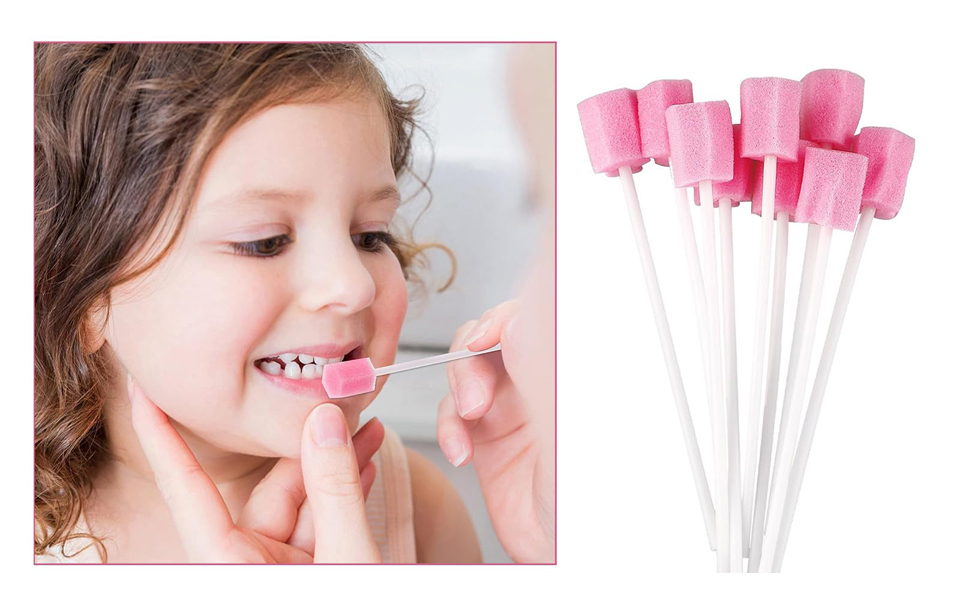
How to Use an Oral Swab for Oral Stimulation
A methodical strategy is necessary to guarantee the safe and efficient use of an oral care swab for stimulation. Below is a step-by-step guide on how to incorporate the swab into an oral stimulation routine.
Step 1: Prepare the Environment and Materials
Make sure the child is in a relaxed and comfortable setting before starting the oral stimulation regimen. Consider the following:
- Cleanliness: Ensure that the oral care swab is sterile and free from contaminants. Before using the swab, wash your hands well.
- Comfort: The child should be in a comfortable, seated position—preferably upright. Use a supportive chair or a special positioning device if necessary to ensure the child’s head is stable.
- Soothing Environment: Reduce distractions and ensure good lighting. A calm setting or soothing music could aid in the child’s relaxation throughout the process.
Step 2: Choosing the Right Oral Care Swab
Choose an oral care swab that suits the child’s needs. Different kinds of swabs are made for particular uses:
- Standard Soft Swabs: These are used primarily for cleaning and gentle stimulation.
- Textured Swabs: These have a slightly rough surface to enhance tactile stimulation for sensory integration.
- Swabs with Finger Holes: These provide more control for caregivers, especially for children who need a more hands-on approach.
- Flavored Swabs: Some oral care swabs are infused with mild flavors to make the experience more pleasant for the child.
Step 3: Begin with Gentle Stimulation
Start by introducing the oral care swab in a slow and gentle manner. Approach the child calmly and let them know what to expect. Use simple language like, “I’m going to help clean your mouth with this soft brush.”
Gently Place the Swab in the Mouth: Start by gently touching the swab to the child’s lips, making sure they are comfortable with the feeling. Avoid forcing it into their mouth—let the child guide the process. If they seem hesitant or anxious, allow them time to adjust.
Move the Swab Around the Lips and Gums: Begin by stimulating the outer lips, then slowly move to the inner part of the lips and around the gums. Gently rub along the gum lines in circular motions to stimulate sensory awareness.
Touching the Cheeks and Tongue: Gradually move the swab inside the mouth, beginning with the cheeks, and then moving to the tongue. Use a gentle touch with kids who struggle with sensory processing, and keep an eye on their comfort level at all times.
Step 4: Incorporate Oral Motor Exercises
Oral motor exercises are a critical part of oral rehabilitation. Here are some techniques you can incorporate using the oral care swab:
- Tongue Lateralization: Gently stimulate the tongue by moving the swab from side to side inside the mouth. This exercise helps improve tongue coordination and strength.
- Cheek Stimulation: Using the swab, gently massage the inside of the cheeks to promote muscle tone and awareness. This exercise can help with chewing and sucking reflexes.
- Palate Stimulation: Lightly touch the roof of the mouth (palate) with the swab. This stimulates the sensory receptors and helps the child become more aware of their mouth’s space.
Step 5: Gradually Increase the Complexity of the Routine
As the child becomes more accustomed to oral stimulation, you can increase the complexity of the routine by introducing different textures or increasing the duration.To guarantee comfort and safety, it is crucial to make gradual progress and keep an eye on the child’s response.
- Sensory Stimulation with Texture: Use swabs with varying textures to provide different sensory experiences. For example, use a slightly rougher swab to stimulate the roof of the mouth, which can help promote better oral motor skills.
- Timed Sessions: Aim for short sessions, around 5–10 minutes, to prevent fatigue or overstimulation. Creating a satisfying experience that promotes consistent engagement is the aim.
Best Practices and Considerations
a. Monitoring the Child’s Comfort and Reaction
- Watch for Signs of Discomfort: If the child becomes distressed or resistant to oral stimulation, stop immediately and try again later. Their comfort and trust are paramount.
- Adjust Based on Sensitivity: Children with neurological conditions may have varying levels of sensitivity in their oral cavity. Some may respond well to gentle touch, while others may prefer more pressure or different textures.
b. Use of Flavored or Soothing Products
Some children may find oral stimulation more enjoyable if it is paired with flavored swabs or soothing products like gels. However, always check for allergies or sensitivities before using flavored products.
c. Consistency is Key
For optimal results, oral stimulation routines should be performed consistently—ideally, daily or several times per week. Consistent practice not only helps with oral hygiene but also aids in improving muscle tone, coordination, and sensory awareness.
Conclusion
Oral care swabs play a crucial role in pediatric neurorehabilitation, enhancing oral hygiene, sensory awareness, motor skills, and communication. Consistent, patient, and tailored stimulation routines, combined with proper tools and techniques, improve oral health, feeding, and quality of life.

